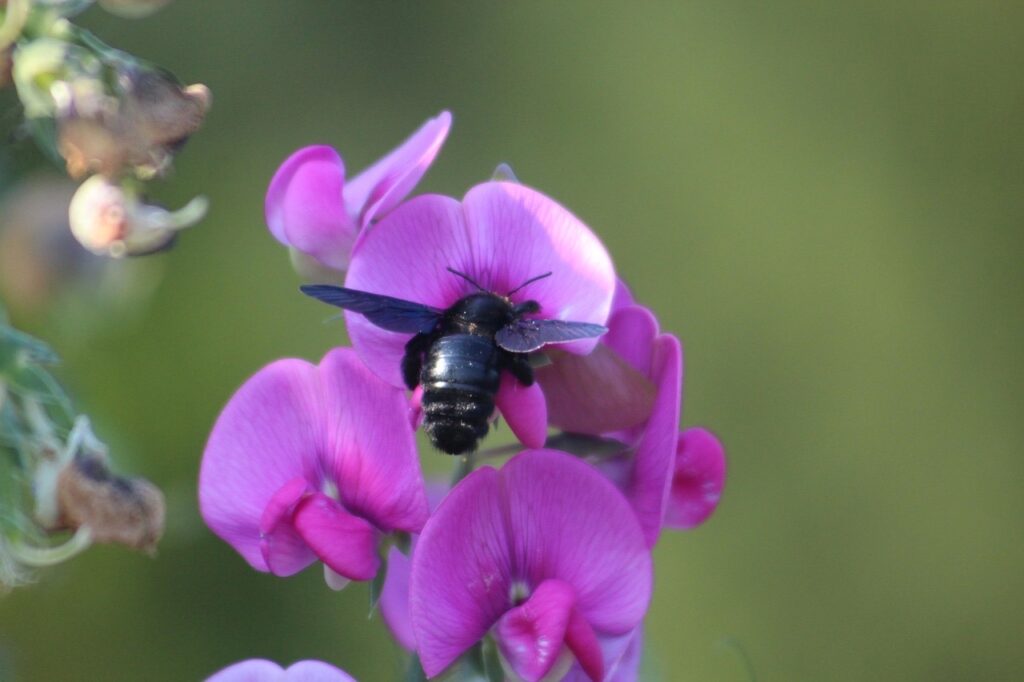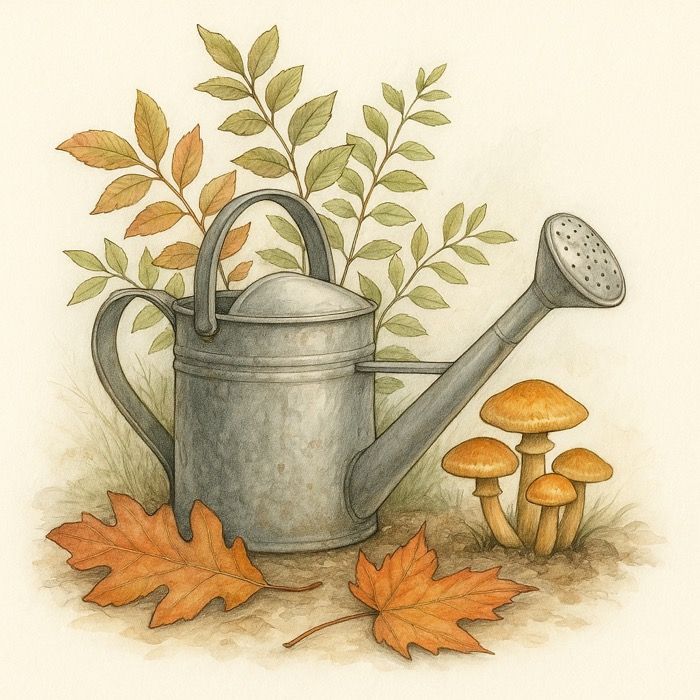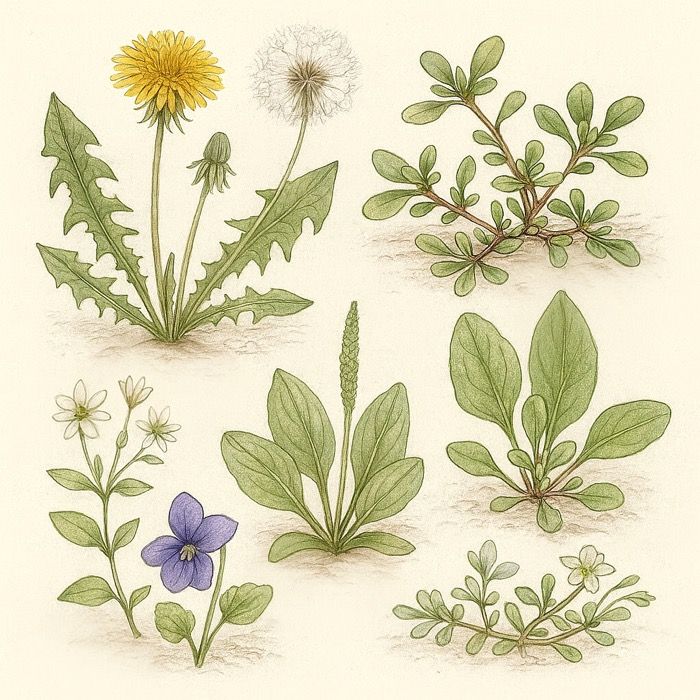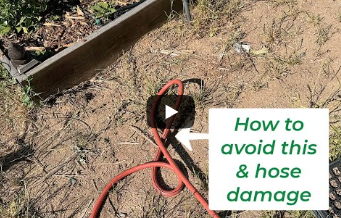Sweet Peas Growing Guide
Sweet Pea Quick Facts
| Category | Details |
|---|---|
| Botanical Name | Lathyrus odoratus |
| Plant Type | Annual (grown for flowers) |
| Sun Exposure | Full sun (6+ hours daily) |
| Soil Type | Rich, well-drained, loamy soil |
| Soil pH | Neutral to slightly alkaline (6.5–7.5) |
| Bloom Time | Spring through early summer |
| Height Range | 1 to 8 feet, depending on variety |
| Spacing | 6 inches apart |
| Hardiness Zones | 3–10 (grown as a cool-season annual) |
| Toxicity | Toxic if ingested (not edible) |
The Allure of Sweet Peas – Fragrance and Nostalgia in Bloom
Few flowers capture the charm of an old-fashioned garden quite like sweet peas (Lathyrus odoratus). Their ruffled petals and intoxicating fragrance harken back to cottage gardens of the 1800s, where trellises dripped with pastel blooms and bees hummed in delight. Today, these romantic climbers remain a gardener’s favorite for their color range—from soft pinks and creamy whites to deep purples and bicolors—and their ability to perfume the garden all season long.
Whether you’re filling a vase or framing an archway, sweet peas reward the attentive gardener with unmatched fragrance and abundance.
Choosing the Right Variety – Height and Fragrance
Sweet peas come in many forms, and your garden’s design should guide your choice:
- Climbing Sweet Peas – These are the classics, growing 5–8 feet tall and perfect for fences, arches, and trellises. The Old-Fashioned or Heirloom varieties like ‘Cupani’s Original’ and ‘America’ are known for exceptional scent.
- Dwarf or Bush Types – Compact and ideal for containers or garden borders. Varieties like ‘Bijou’ or ‘Snoopea’ reach only about 12–18 inches.
- Spencer Types – Bred for exhibition, these modern hybrids have larger, ruffled blooms and long stems suited for cut flowers.
Master Gardener Tip – If fragrance is your priority, always choose heirloom varieties. Modern hybrids may boast size and color but often sacrifice scent.
When and Where to Plant
Sweet peas thrive in cool weather and dislike heat. Timing is everything.
- Zones 8–10 – Sow directly outdoors in late fall to early winter for spring bloom.
- Zones 3–7 – Start seeds indoors 6–8 weeks before the last frost, or sow outdoors as soon as soil can be worked in early spring.
Choose a sunny spot (6+ hours per day) with rich, well-draining soil. Add compost or aged manure to prepare the bed, and ensure good air circulation to prevent mildew.
Seed Preparation – The Secret to Better Germination
Sweet peas have tough seed coats. To give them a head start:
- Nick the seed coat gently with a nail file or knife, or
- Soak seeds in warm water for 12–24 hours before planting.
This softens the shell and allows moisture to penetrate, improving germination rates.
Planting and Support
Sow seeds 1 inch deep and 2 inches apart, thinning to 6 inches once seedlings appear. For climbing types, install a trellis, obelisk, or tuteur at planting time to avoid disturbing roots later.
Keep the soil consistently moist but never waterlogged. Mulching helps retain moisture and keep roots cool.
Caring for Sweet Peas
- Watering – Deep, regular watering is key, especially during dry spells. Shallow watering leads to weak roots.
- Feeding – Sweet peas appreciate a light feeding of balanced organic fertilizer (like 5-5-5) every 3–4 weeks.
- Pinching – When seedlings reach 4–6 inches tall, pinch out the growing tip to encourage bushier plants and more blooms.
- Deadheading – Remove spent flowers promptly to prevent seed pods from forming. This keeps plants blooming for weeks longer.
Master Gardener Tip – Sweet peas stop flowering once they go to seed. Harvest often for fresh bouquets to keep the show going.
Common Pests and Problems
Sweet peas are generally hardy, but watch for:
- Aphids – Rinse off with water or treat with insecticidal soap.
- Powdery Mildew – Ensure good air circulation and avoid overhead watering.
- Slugs and Snails – Use copper tape or diatomaceous earth to deter them.
Harvesting for Bouquets
Pick sweet peas early in the morning when blooms are just opening. Cut stems at an angle and place them in water immediately. The more you cut, the more the plant produces—making them perfect for cut-flower gardens.
For arrangements, mix with other cottage classics like foxglove, delphinium, or garden roses for an old-world look that fills a room with scent.
End of Season Care
After blooming ends, let a few pods mature and dry on the vine if you’d like to save seeds for next year. Once frost kills the vines, cut them back to the ground and compost the remains. Rotate planting locations each year to prevent soil-borne disease buildup.
Master Gardener Tips – Sweet Pea Success Secrets
- Plant in cool weather and give them morning sun with afternoon shade in hot zones.
- Keep roots cool with mulch but provide airflow around stems.
- Never allow the soil to dry out during flowering.
- Choose heirloom varieties for fragrance that fills the garden.
Frequently Asked Questions
Can sweet peas grow in containers?
Yes, choose dwarf or bush varieties and provide at least a 12-inch-deep pot with a small trellis or obelisk.
Are sweet peas edible?
No. Despite their name, Lathyrus odoratus is toxic if ingested. Do not confuse with edible garden peas (Pisum sativum).
Do sweet peas reseed themselves?
Sometimes, but germination is unreliable. Save and store seeds in a cool, dry place for best results.
Can I grow sweet peas indoors?
They need bright light and cool temperatures. It’s best to start them indoors but grow them outdoors once established.















